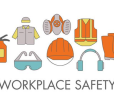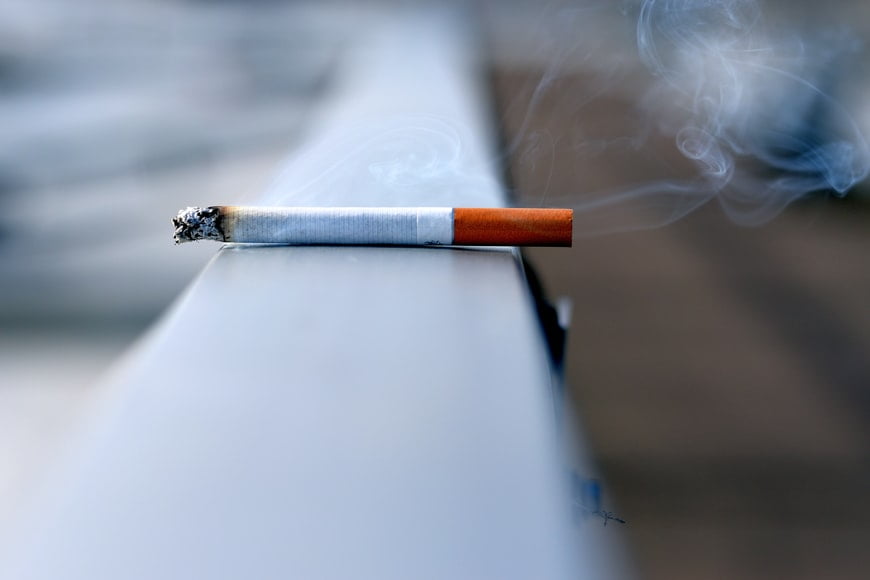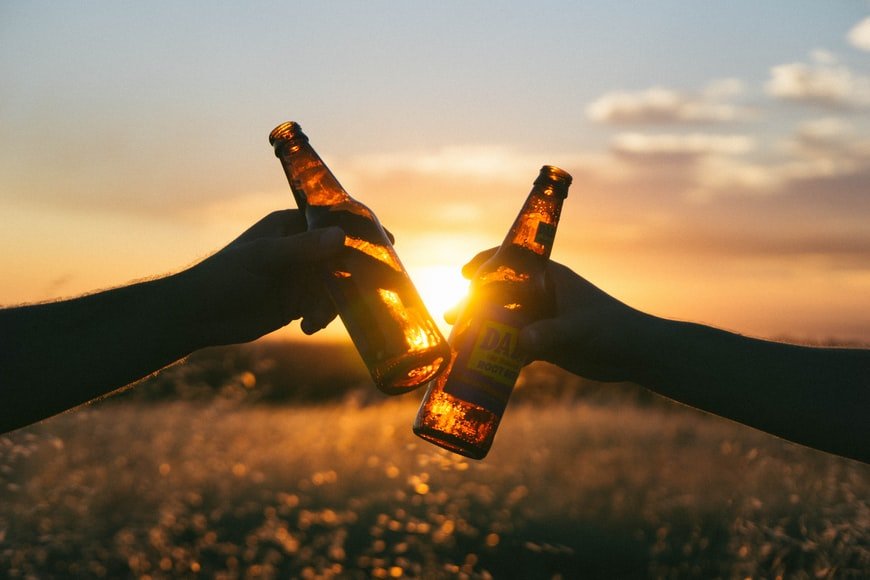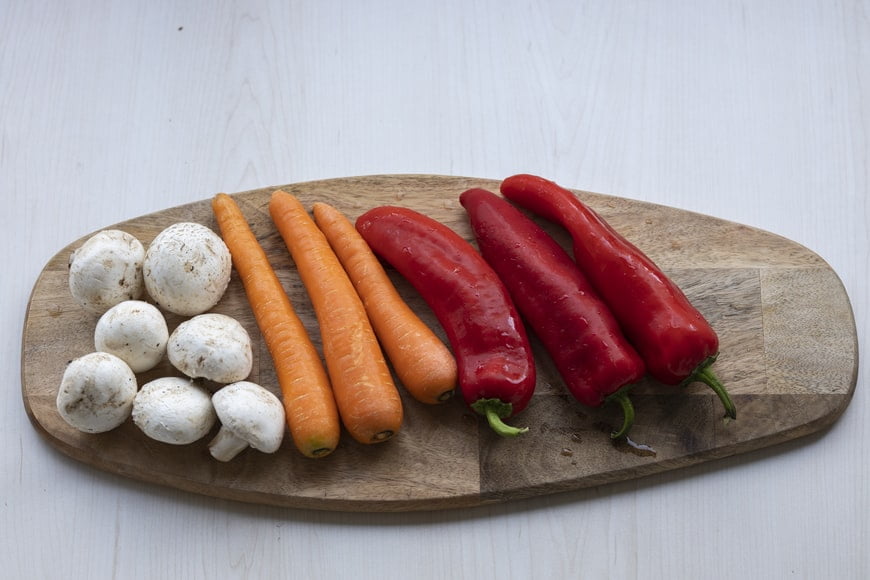Overactive bladder is one of the most common urological conditions that affect both men and women. According to estimates, more than 33 million Americans of all ages suffer from overactive bladder. Overactive bladder signifies a condition in which a person deals with more frequent urinary urgency and urinary leakage.
The bladder muscles might suddenly contract even when it is not full. And when muscles suddenly contract, a person experiences frequent urination. Overactive bladder usually occurs in older people, but it may affect people of any age.
Practices To Reduce Overactive Bladder Symptoms
A person loses the ability to hold on to bladder muscles, and as a result, a person might have to deal with unusual contraction of bladder muscles and increased urge to urinate frequently. There are several practices that can help those with active bladder. Here are some key ways to deal with it effectively.
1. Bladder Training
Timing your bathroom trips can work well in order to help your bladder hold urine for more time. Thus make sure that you are not holding your bathroom visit as it might make symptoms even worse, resulting in urine incontinence or leakage.
2. Pelvic Floor Exercise
Pelvic floor exercise such as Kegels allows you to get more hold of bladder muscles. With a regular pelvic floor, exercise can have more control over urination and is less likely to experience symptoms of overactive bladder. It is the most effective exercise that helps to train the bladder.
3. Medications
One might even make use of medications as suggested by health providers. These medications keep bladder muscles relaxed and provide more bathroom breaks. Make sure to use these medications only as per your physician’s recommendation.
How Does Diet Affect Overactive Bladder?
Diet and nutrition in many ways can affect overactive bladder conditions and related symptoms. Certain foods have a great tendency to irritate bladder muscles and cause them to spasm. Thus when a person is suffering from an overactive bladder, then his eating habits can certainly make a difference.
Avoiding certain foods can help to avoid more frequent urinary urgency. Let us go through the list of foods to avoid. Dietary changes are again an effective means to reduce symptoms of overactive bladder.
1. Monitor Your Fluid Intake
Though taking more fluid keeps you hydrated, you should be watchful of fluid intake if you have an overactive bladder. Ask your physician, and based on your condition, he might suggest the right amount of fluid intake for you. The doctor may even suggest you take the time to take and avoid fluid intake.
Generally, doctors advise patients to reduce fluid intake by 25%. Fluid intake is generally not recommended before bedtime. Keeping your fluid diary may also allow you to appropriately manage and control your fluid intake. However, be cautious of dehydration and make sure to take at least one and a half-liter of water each day.
2. Smoking
Smoking is a major source of some harsh chemicals that have a great ability to irritate the bladder. Moreover, smoking can initiate coughing spasms which can result in urine leakage. Smoking can bring additional harm, and it is one of the unhealthiest practices, that should be reduced. You should definitely stay smoke-free if you are experiencing symptoms of an overactive bladder.
Vaping might prove a better substitute for you. There are several reputable vaping brands out there in the market. However, you should buy the best quality vape and E liquids to make your experience worthwhile.
3. Cut Out Carbonated Beverages
It is actually the carbon dioxide present in carbonated drinks which can irritate the bladder. It is better to avoid carbonated beverages to avoid overactive bladder symptoms. Avoid taking in sparkling water, seltzer water, and other soda drinks. In addition, these carbonated drinks are more acidic and have a greater tendency to cause urine incontinence.
4. Cut Back On Caffeine
Not just coffee, make sure to avoid caffeinated drinks. Coffee and other caffeinated drinks are sources of caffeine. Caffeine is believed to have a direct influence on smooth muscles in the bladder.
It causes bladder muscles to contract involuntarily, resulting in an urgent desire to urinate. It may even result in urine incontinence. Cutting back on caffeinated drinks might help to ease these symptoms of overactive bladder.
5. Limit Alcohol Intake
Alcohol is actually a diuretic, and it can increase the desire to urinate frequently, even in a normal person. The person who is already dealing with overactive bladder alcohol has a greater tendency to result in more inconsistent and frequent urinary spasms.
It is better to avoid alcohol as much as possible. This will help to provide a little relief from the symptoms of an overactive bladder.
6. Avoid Artificial Sweeteners
Artificial sweeteners such as sodium saccharin and aspartame can strongly irritate the bladder even in a normal person. Its intake may make overactive bladder symptoms even worse for those who are already facing the issue.
Even in moderate amounts, artificial sweeteners can greatly influence urinary frequency and urgency. Make sure that you do not use artificial sweeteners to keep the symptoms under control.
7. Eat A Vitamin Rich Diet
Though supplementary intake of vitamin C can increase the urinary frequency, sourcing vitamin C from dietary sources can help ease out the symptoms of an overactive bladder. Studies suggest that deficiency of vitamin D may also trigger and cause the problem of frequent urination.
Eating a diet rich in vitamin D can assist in providing some protection against overactive bladder symptoms. Take a diet rich in vitamins and it can really play a beneficial role in easing out symptoms of overactive bladder.
Take Away
Overactive bladder is a very common urological issue. Exercise and medication can help to reduce its symptoms. Diet can significantly impact the overactive bladder. Many foods can possibly irritate the bladder and may even worsen this bladder condition. Avoiding certain foods can surely help to alleviate urinary problems associated with the condition of an overactive bladder.
Read Also:































